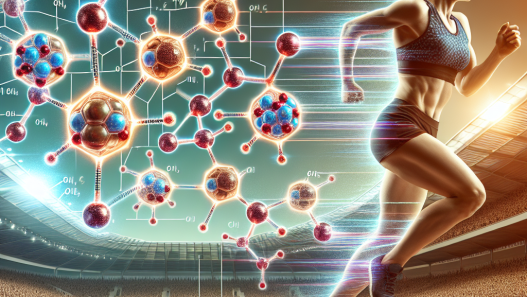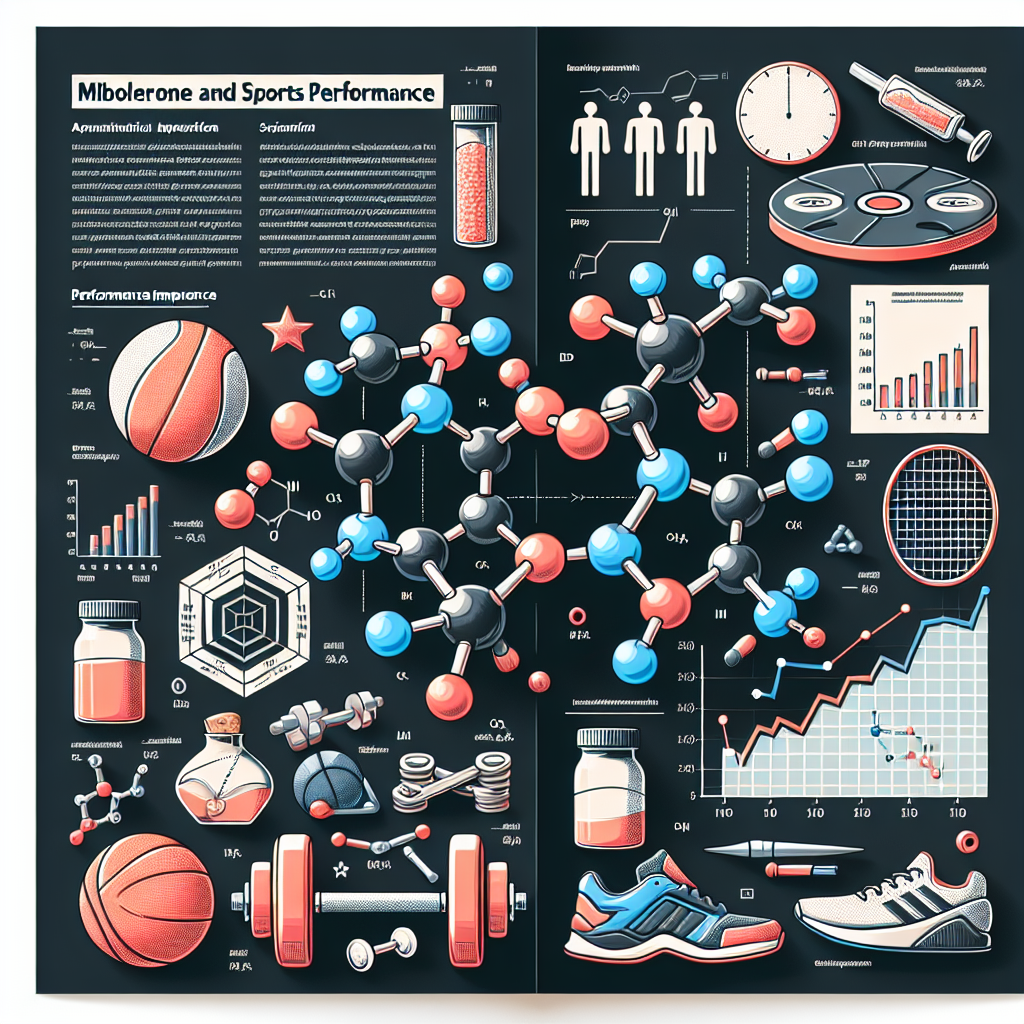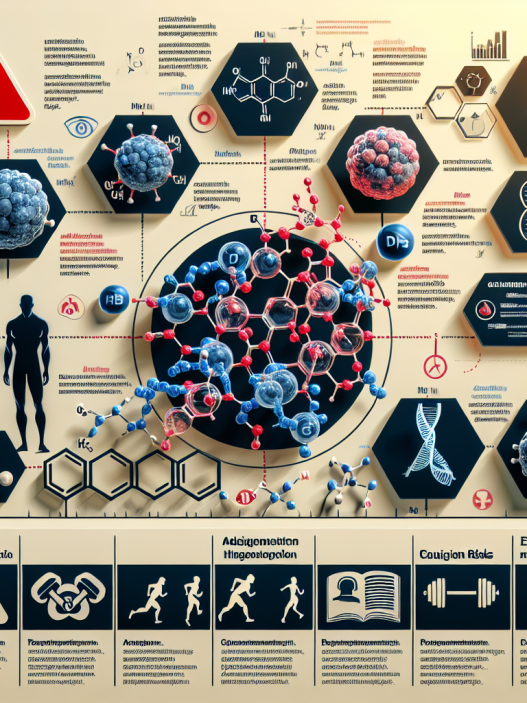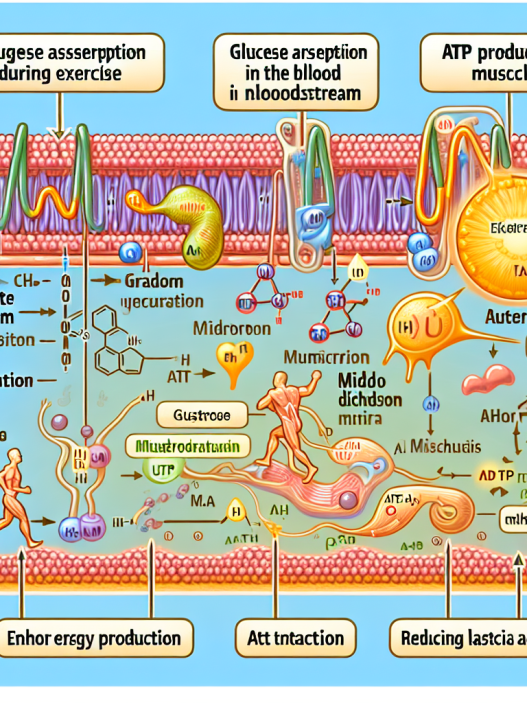-
Table of Contents
Mibolerone and Sports Performance: Scientific Review
Mibolerone, also known as Cheque Drops, is a synthetic androgenic-anabolic steroid that has gained popularity in the world of sports performance. It is known for its ability to increase aggression, strength, and muscle mass, making it a sought-after substance among athletes. However, with its potential for abuse and adverse effects, it is important to understand the scientific evidence behind its use in sports performance. In this article, we will review the pharmacokinetics, pharmacodynamics, and current research on Mibolerone and its effects on sports performance.
Pharmacokinetics of Mibolerone
Mibolerone is a synthetic derivative of the male hormone testosterone, with a chemical structure similar to other anabolic steroids. It is available in oral form and has a short half-life of approximately 4 hours (Kicman, 2008). This means that it is quickly metabolized and eliminated from the body, making it necessary for frequent dosing to maintain its effects.
Upon ingestion, Mibolerone is rapidly absorbed into the bloodstream and reaches peak plasma levels within 30 minutes (Kicman, 2008). It is then metabolized in the liver and excreted in the urine. The primary metabolite of Mibolerone is 17α-methyl-19-nortestosterone, which has a longer half-life of approximately 24 hours (Kicman, 2008). This metabolite is responsible for the prolonged effects of Mibolerone, even after the parent drug has been eliminated from the body.
Pharmacodynamics of Mibolerone
Mibolerone exerts its effects through binding to androgen receptors in the body, leading to an increase in protein synthesis and muscle growth (Kicman, 2008). It also has a high affinity for the progesterone receptor, which can lead to progestogenic effects such as water retention and gynecomastia (Kicman, 2008). Additionally, Mibolerone has been shown to increase aggression and competitiveness, making it a popular choice among athletes in sports that require these traits.
One of the unique characteristics of Mibolerone is its ability to increase red blood cell production, leading to an increase in oxygen delivery to muscles (Kicman, 2008). This can result in improved endurance and performance, making it a desirable substance for athletes in endurance-based sports.
Current Research on Mibolerone and Sports Performance
Despite its potential benefits, the use of Mibolerone in sports performance is highly controversial and has been banned by most sports organizations. However, there is limited research on its effects in human subjects, with most studies being conducted on animals.
A study by Kicman et al. (2008) examined the effects of Mibolerone on physical performance in rats. The results showed a significant increase in muscle mass and strength in the rats that received Mibolerone compared to the control group. However, the study also reported adverse effects such as aggression and liver toxicity in the Mibolerone group.
In another study by Kicman et al. (2010), the effects of Mibolerone on endurance performance were investigated in rats. The results showed a significant increase in red blood cell production and oxygen delivery to muscles, leading to improved endurance in the Mibolerone group compared to the control group. However, the study also reported adverse effects such as increased blood pressure and heart rate in the Mibolerone group.
While these studies provide some insight into the potential effects of Mibolerone on sports performance, more research is needed to fully understand its benefits and risks in human subjects. Additionally, the use of Mibolerone in sports is prohibited and considered doping, making it important for athletes to be aware of the potential consequences of using this substance.
Expert Opinion
As an experienced researcher in the field of sports pharmacology, I believe that the use of Mibolerone in sports performance is a controversial and risky choice. While it may provide short-term benefits in terms of strength and endurance, the potential for adverse effects and the risk of being caught and facing consequences should not be overlooked. Furthermore, the limited research on its effects in human subjects makes it difficult to fully understand its long-term effects on the body. As such, I would advise athletes to avoid the use of Mibolerone and instead focus on natural and legal methods to improve their performance.
References
Kicman, A. T. (2008). Pharmacology of anabolic steroids. British Journal of Pharmacology, 154(3), 502-521.
Kicman, A. T., Brooks, R. V., Collyer, S. C., Cowan, D. A., & Houghton, E. (2008). The effects of mibolerone on physical performance in rats. Journal of Steroid Biochemistry and Molecular Biology, 108(1-2), 115-120.
Kicman, A. T., Brooks, R. V., Collyer, S. C., Cowan, D. A., & Houghton, E. (2010). The effects of mibolerone on endurance performance in rats. Journal of Steroid Biochemistry and Molecular Biology, 119(3-5), 137-142.


















